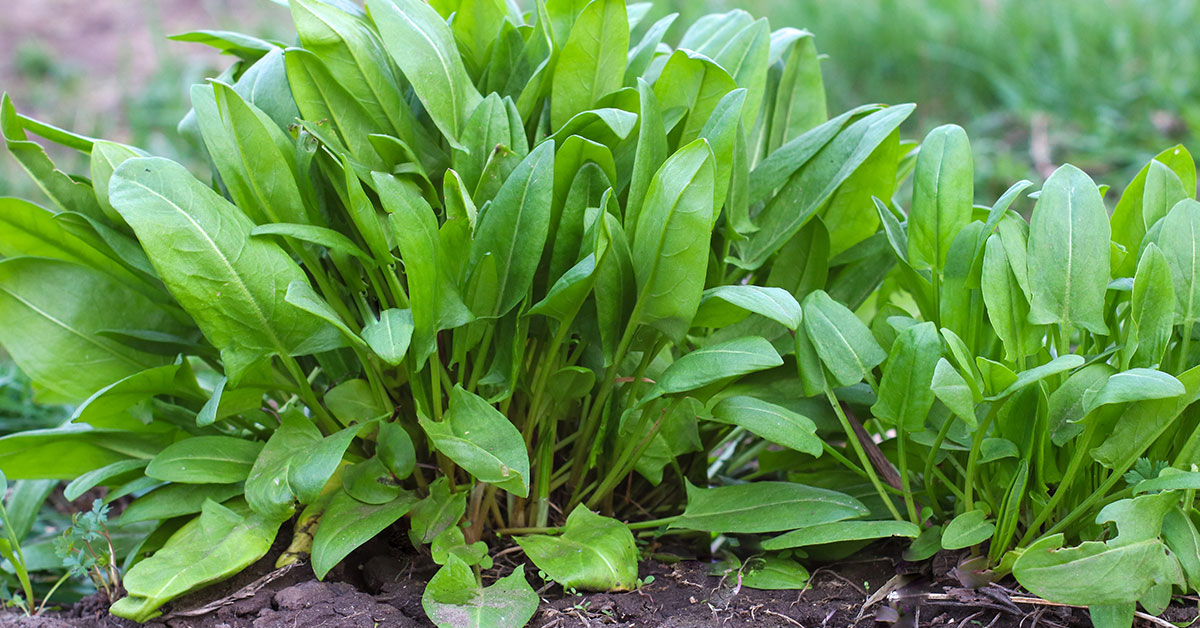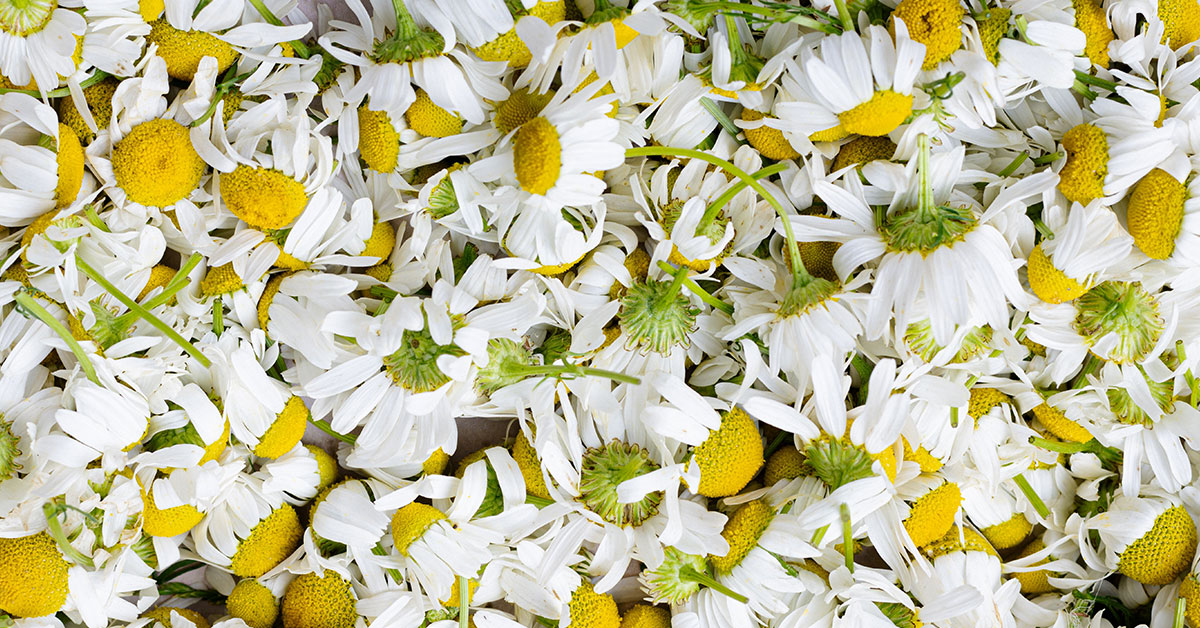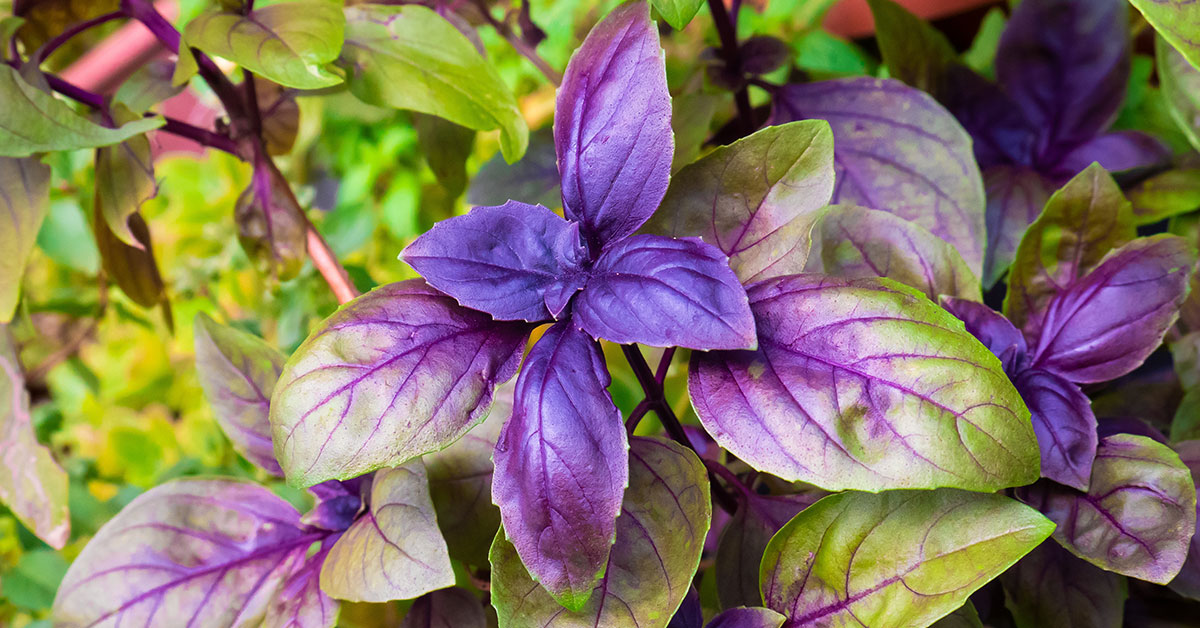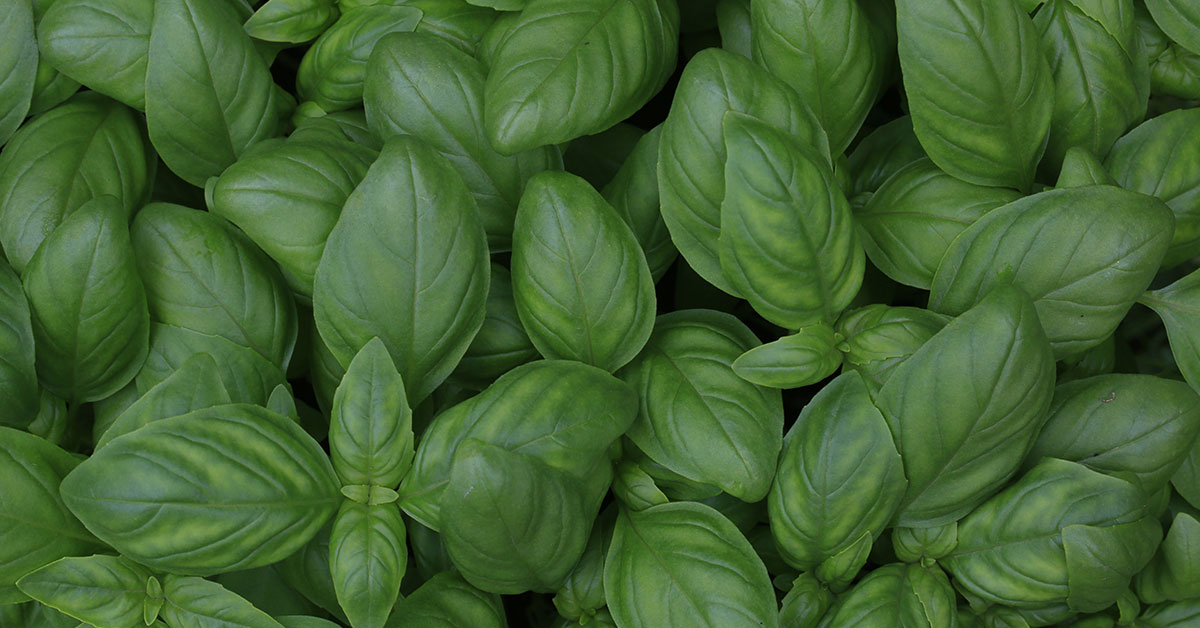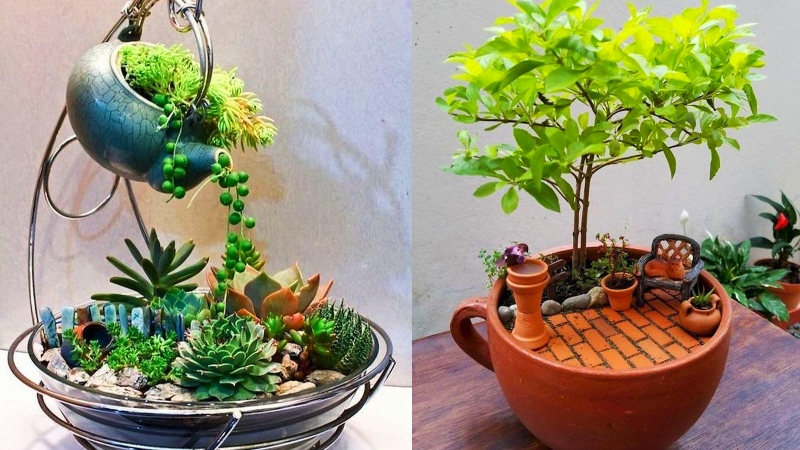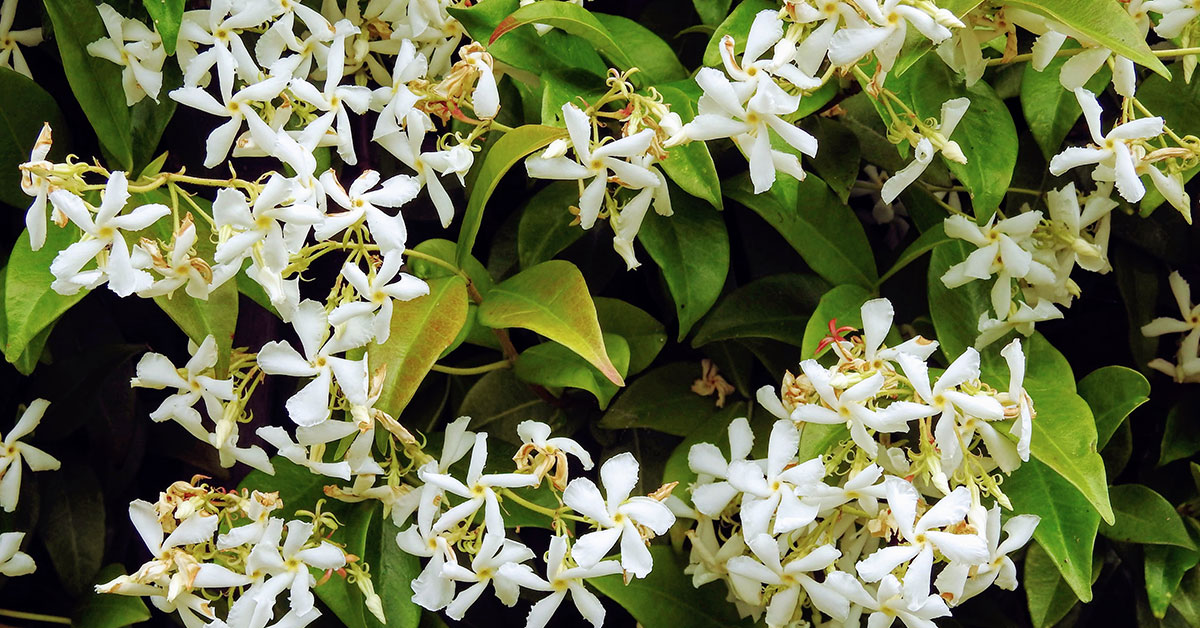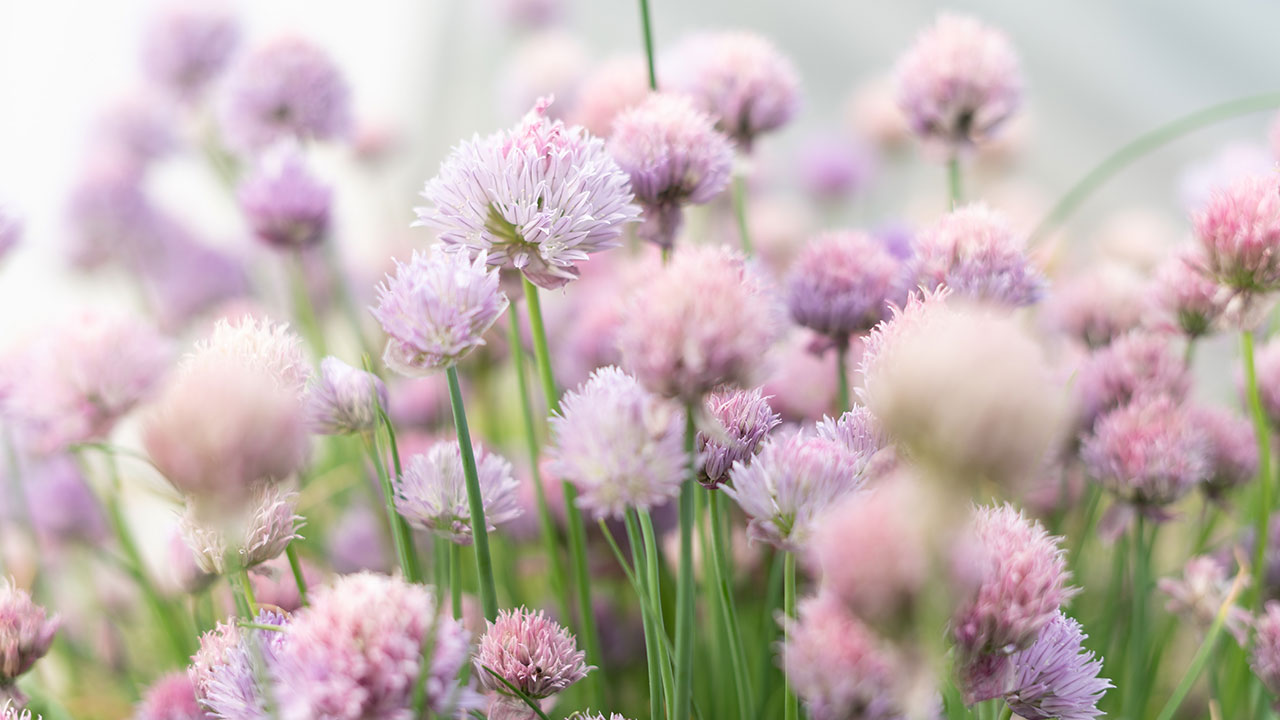Sorrel is a leafy herb that is popular in European and Middle Eastern cuisine. It has a tart and lemony flavor that is often used to add a tangy kick to salads, soups, and sauces. In this article, we will discuss what sorrel is, what it tastes like, and how to grow it in your own garden.
What is Sorrel?
Sorrel (Rumex acetosa) is a perennial herb that belongs to the buckwheat family. It has long, slender leaves that are bright green and slightly pointed. Sorrel is native to Europe and Asia, but it is now grown in many parts of the world. The herb is popular in French and Russian cuisine, where it is used to add a sour and tangy flavor to dishes.
What Does Sorrel Taste Like?
Sorrel has a tart and tangy flavor that is similar to lemon or citrus. The herb has a distinct sour taste that makes it popular in salads, soups, and sauces. It is also used in traditional medicine for its high content of vitamins and minerals, including vitamin C, vitamin A, and potassium.
How to Grow Sorrel
Sorrel is a hardy herb that is easy to grow in the garden. Here are some tips on how to grow sorrel:
- Choose a Location: This herb prefers full sun to partial shade and well-draining soil. The plant can tolerate a range of soil types, but it grows best in moist, fertile soil.
- Planting: You can grow sorrel from seeds or cuttings. If using seeds, sow them directly into the soil in the spring after the last frost. Alternatively, you can start the seeds indoors and transplant them outside when the weather is warm. If using cuttings, plant them directly into the soil and water them thoroughly.
- Watering: This herb requires consistent moisture to grow well. Water the plant regularly, especially during hot and dry weather. Avoid overwatering, as this can lead to root rot.
- Fertilization: Sorrel does not require much fertilization. You can add compost or well-rotted manure to the soil around the base of the plant in the spring to provide it with nutrients.
- Maintenance: Sorrel is a low-maintenance plant that requires minimal care. Prune the plant regularly to encourage bushier growth and prevent it from becoming too leggy. Cut back the plant by one-third to one-half in the spring.
Harvesting and storing
Harvesting sorrel is easy and can be done throughout the growing season. Here are some steps to follow when harvesting it:
- Timing: Harvest sorrel leaves when they are young and tender for the best flavor. The leaves can be harvested throughout the growing season, but it is best to avoid harvesting too many leaves at once to prevent stunting the plant’s growth.
- Method: To harvest leaves, simply pinch off the leaves at the stem tips with your fingers or use scissors to cut them off. It is best to leave some leaves on the plant for it to continue to grow.
- Storage: Store harvested leaves in a plastic bag in the refrigerator for up to one week. You can also freeze sorrel leaves for later use. To freeze, wash the leaves thoroughly and pat them dry with a paper towel. Place the leaves in a freezer bag and store them in the freezer for up to six months.
- Storing the Roots: Sorrel roots can also be harvested in the fall. Use a garden fork to dig up the roots and wash them thoroughly. You can store the roots in a cool, dry place for later use.
Uses for sorrel
Sorrel is a versatile herb that has been valued for its culinary and medicinal properties for centuries. Here are some common uses of this herb:
Sorrel has a tart and tangy flavor that is often used to add a sour kick to salads, soups, and sauces. It is commonly used in French and Russian cuisine, where it is used to make soups like “sorrel soup” or “schav,” as well as in sauces like “sauce à l’oseille.” The leaves can also be used as a seasoning for vegetables, fish, and meat dishes, or as a garnish.
It has also been used in traditional medicine to treat a variety of ailments, including digestive issues and skin conditions. The herb contains compounds that have anti-inflammatory, antimicrobial, and diuretic properties. Sorrel is also rich in vitamins and minerals, including vitamin C, vitamin A, and potassium.
It can be used as a natural dye for fabrics and fibers, due to its vibrant green color. The plant has also been used as a natural insect repellent.
